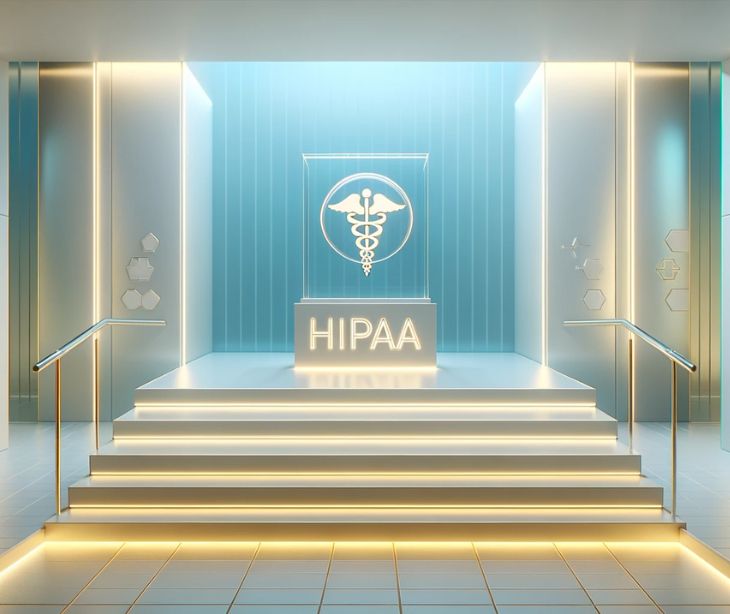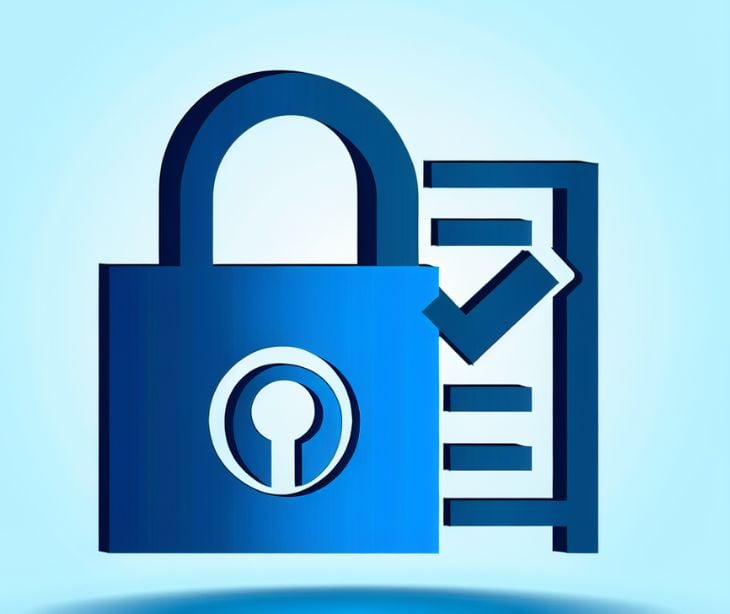
HIPAA compliance is required for covered entities, such as healthcare providers, health plans, and healthcare clearinghouses, as well as their business associates who handle protected health information (PHI). The first step toward HIPAA compliance is conducting a comprehensive risk assessment.
The foundation of HIPAA compliance
Navigating HIPAA compliance requires a basic understanding of its two pivotal rules: the Privacy Rule and the Security Rule. Covered entities and their business associates must adhere to these rules. The Privacy Rule safeguards patients' personal health information, ensuring it is handled with confidentiality and integrity.
The Security Rule is dedicated to maintaining the security of electronic protected health information, establishing stringent protocols to shield it from breaches. The HHS states that "The Security Rule requires covered entities to maintain reasonable and appropriate administrative, technical, and physical safeguards for protecting e-PHI."
Related: Understanding and implementing HIPAA rules
The first step: Conduct a risk assessment
The very first step in HIPAA compliance is conducting a risk assessment. This process aims to identify vulnerabilities and threats to the security of PHI within your organization. According to the HHS, "Risk analysis should be an ongoing process, in which a covered entity regularly reviews its records to track access to e-PHI and detect security incidents,12 periodically evaluates the effectiveness of security measures put in place,13 and regularly reevaluates potential risks to e-PHI."
Related: HIPAA Compliant Email: The Definitive Guide
The risk assessment process
-
- Scope the assessment: Identify where PHI is stored, processed, or transmitted within your organization. This should cover all systems, applications, and processes that handle PHI, including both electronic and paper-based formats.
- Identify risks: After defining the scope, move on to recognizing potential threats and vulnerabilities that could compromise the confidentiality, integrity, and availability of PHI.
- Assess current security measures: Evaluate the effectiveness of your existing security measures and controls. That should encompass access controls, encryption methods, data backup practices, and other security mechanisms in place.
- Quantify risks: Following the assessment of security measures, assign risk levels to each identified threat and vulnerability. Consider the likelihood of the risk occurring and its potential impact on PHI. Categorizing risks as high, medium, or low helps prioritize efforts.
- Prioritize risks: After determining risk levels, prioritize them based on their severity. Focus your immediate attention and resources on addressing the most critical risks – those with the highest potential impact on PHI or the greatest likelihood of occurrence.
- Develop mitigation strategies: An outcome of the risk assessment is the development of mitigation strategies. These strategies involve creating a concrete plan to reduce and manage the identified risks.
- Document findings: Accurate records of the entire assessment, including findings, risk prioritization, and mitigation strategies, are evidence of your organization's commitment to HIPAA compliance.
Related: How to perform a risk assessment
Compliance beyond the first step
Policies and procedures: Your organization must develop and implement policies and procedures that address all aspects of HIPAA compliance, including patient privacy, employee training, breach response, and more. Policies should be clear, accessible to all employees, and regularly updated to reflect changes in regulations or practices.
Employee training: One of the elements of HIPAA compliance is ensuring that all staff members are well-informed and trained in the regulations and policies. Regular training sessions and updates keep employees aware of their roles and responsibilities in safeguarding PHI.
Incident response: Develop a well-defined incident response plan outlining the steps to take in the event of a security incident. Quick and effective responses can mitigate potential damage and legal consequences.
FAQs
What considerations should organizations have when assessing third-party vendors for HIPAA compliance?
Organizations must ensure that third-party vendors handling PHI sign business associate agreements (BAAs) and adhere to HIPAA standards. Additionally, verify their security measures, incident response capabilities, and compliance history before engaging their services.
What are some examples of administrative safeguards required under the HIPAA Security Rule?
Administrative safeguards include conducting regular security training for employees, implementing access controls to limit PHI access based on job roles, and developing policies and procedures to govern PHI handling and security practices.
How does HIPAA compliance impact cloud computing services used by healthcare organizations?
Healthcare organizations using cloud services must ensure cloud providers sign BAAs and comply with HIPAA's Security Rule. Organizations should assess the provider's data encryption methods, access controls, and disaster recovery capabilities to safeguard PHI stored or processed in the cloud.
In the news
Subscribe to Paubox Weekly
Every Friday we'll bring you the most important news from Paubox. Our aim is to make you smarter, faster.




